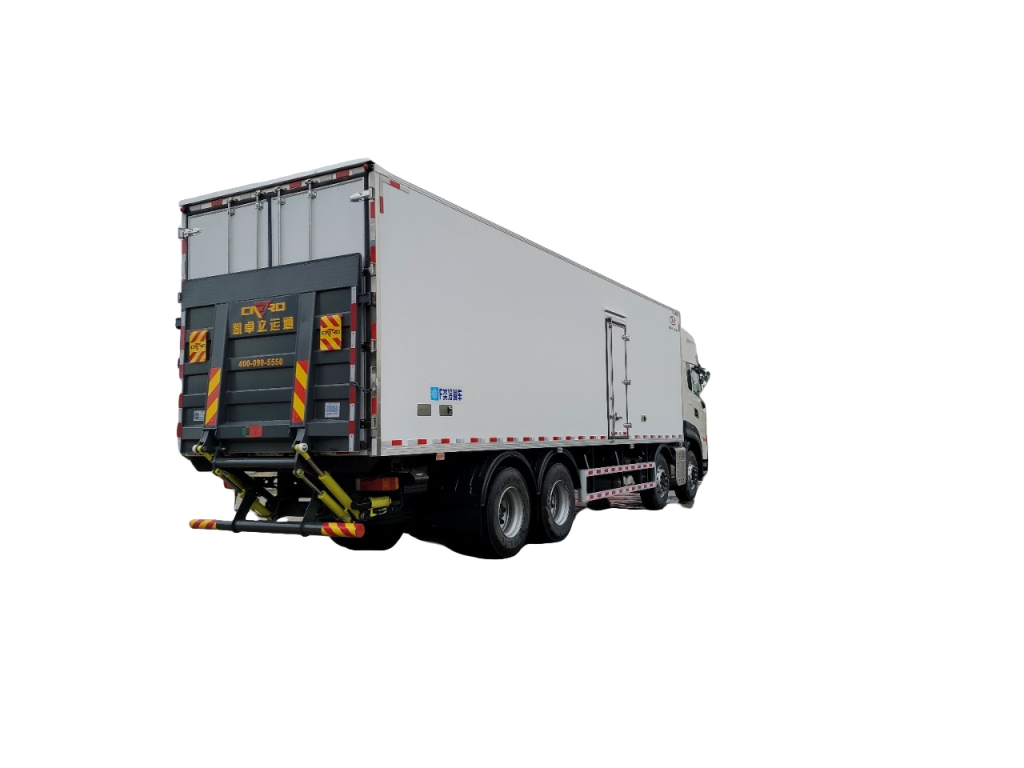Enhancing Infrastructure Development in Rural Areas with Truck-Mounted Cranes

Introduction
In rural areas around the world, the development of infrastructure plays a crucial role in improving the quality of life for residents. From building roads and bridges to constructing buildings and utility structures, the need for efficient and reliable equipment is paramount. One such piece of equipment that has proven to be indispensable in rural infrastructure development is the truck-mounted crane. In this article, we will explore the various uses and benefits of truck-mounted cranes in rural areas, and how they contribute to accelerating development and improving living standards.
Overview of Truck-Mounted Cranes
Truck-mounted cranes are versatile machines that combine the mobility of a truck with the lifting capabilities of a crane. These cranes are mounted on a truck chassis, allowing them to be easily transported to different job sites without the need for additional equipment. The hydraulic system of the crane enables it to lift heavy loads and move them precisely to the desired location, making it a valuable asset in construction, maintenance, and other industrial applications.
Uses of Truck-Mounted Cranes in Rural Areas
1. Construction of Roads and Bridges: One of the primary uses of truck-mounted cranes in rural areas is in the construction of roads and bridges. These cranes are essential for lifting and placing heavy materials such as concrete slabs, beams, and steel girders, which are critical components of road and bridge construction.
2. Building Construction: Truck-mounted cranes are also widely used in rural areas for building construction projects. They are used to lift and place building materials such as steel frames, roofing materials, and precast concrete panels, speeding up the construction process and improving overall efficiency.
3. Utility Maintenance: In rural areas, truck-mounted cranes are often used for maintenance and repair of utility infrastructure such as power lines, telephone poles, and water towers. The crane's lifting capabilities allow workers to access and repair hard-to-reach areas quickly and safely.
4. Agricultural Applications: Truck-mounted cranes are increasingly being used in rural areas for agricultural applications such as loading and unloading heavy equipment, transporting feed and supplies, and handling livestock. look what i found help farmers and ranchers streamline their operations and improve productivity.
Benefits of Truck-Mounted Cranes in Rural Areas
1. Mobility: One of the key advantages of truck-mounted cranes is their mobility. These cranes can be easily transported to remote and inaccessible areas in rural regions, where traditional cranes may not be able to reach. This mobility enables faster completion of projects and reduces downtime.
2. Versatility: Truck-mounted cranes are highly versatile machines that can be used for a wide range of applications. Whether it's lifting heavy materials on a construction site or handling equipment on a farm, these cranes can adapt to different tasks, making them a valuable investment for rural businesses and communities.
3. Cost-Effectiveness: Truck-mounted cranes offer a cost-effective solution for rural infrastructure projects. By combining the functions of a truck and a crane into a single machine, these cranes eliminate the need for separate transportation and lifting equipment, reducing overall project costs and increasing efficiency.
4. Safety: Safety is a top priority in any construction or industrial project, especially in rural areas where access to emergency services may be limited. Truck-mounted cranes are equipped with advanced safety features such as overload protection systems, outriggers for stability, and emergency stop buttons, ensuring a safe working environment for operators and workers.
Case Studies
To further illustrate the impact of truck-mounted cranes in rural areas, let's look at a couple of case studies showcasing their effectiveness in different applications:
Case Study 1: Road Construction in a Remote Village
In a remote village in the mountains, a road construction project was underway to connect the village to the main highway. The challenging terrain and lack of infrastructure posed significant obstacles to the construction process. To overcome these challenges, a truck-mounted crane was brought in to assist with lifting and placing heavy materials such as concrete culverts and retaining walls. The crane's mobility and lifting capabilities enabled the construction crew to complete the project ahead of schedule, improving access for residents and boosting economic development in the area.

Case Study 2: Utility Maintenance in a Rural Farming Community
In a rural farming community, an aging water tower was in need of maintenance and repair to ensure a stable water supply for local farmers. Due to the tower's height and location, traditional maintenance methods were impractical and time-consuming. A truck-mounted crane was deployed to lift workers and equipment to the top of the tower, allowing them to perform necessary repairs efficiently and safely. The crane's versatility and precision lifting capabilities made the maintenance process seamless, ensuring uninterrupted water supply for the community.
Conclusion
Truck-mounted cranes have emerged as indispensable tools for infrastructure development in rural areas, offering mobility, versatility, cost-effectiveness, and safety benefits that contribute to accelerating projects and improving living standards. From construction and maintenance to agricultural applications, these cranes play a vital role in enhancing efficiency and productivity in rural communities around the world. As infrastructure needs continue to grow in rural areas, the use of truck-mounted cranes is expected to increase, further driving progress and development in these regions.
